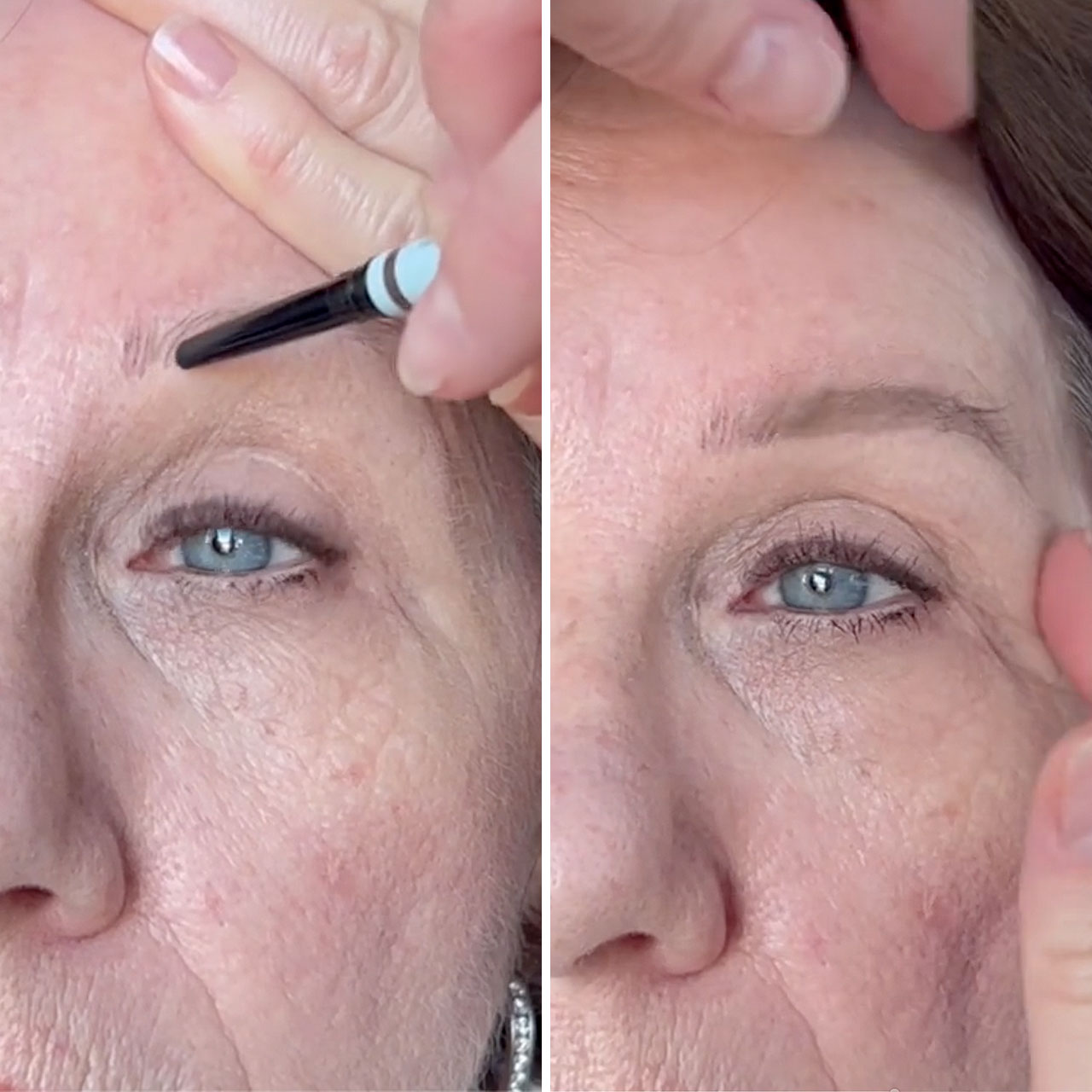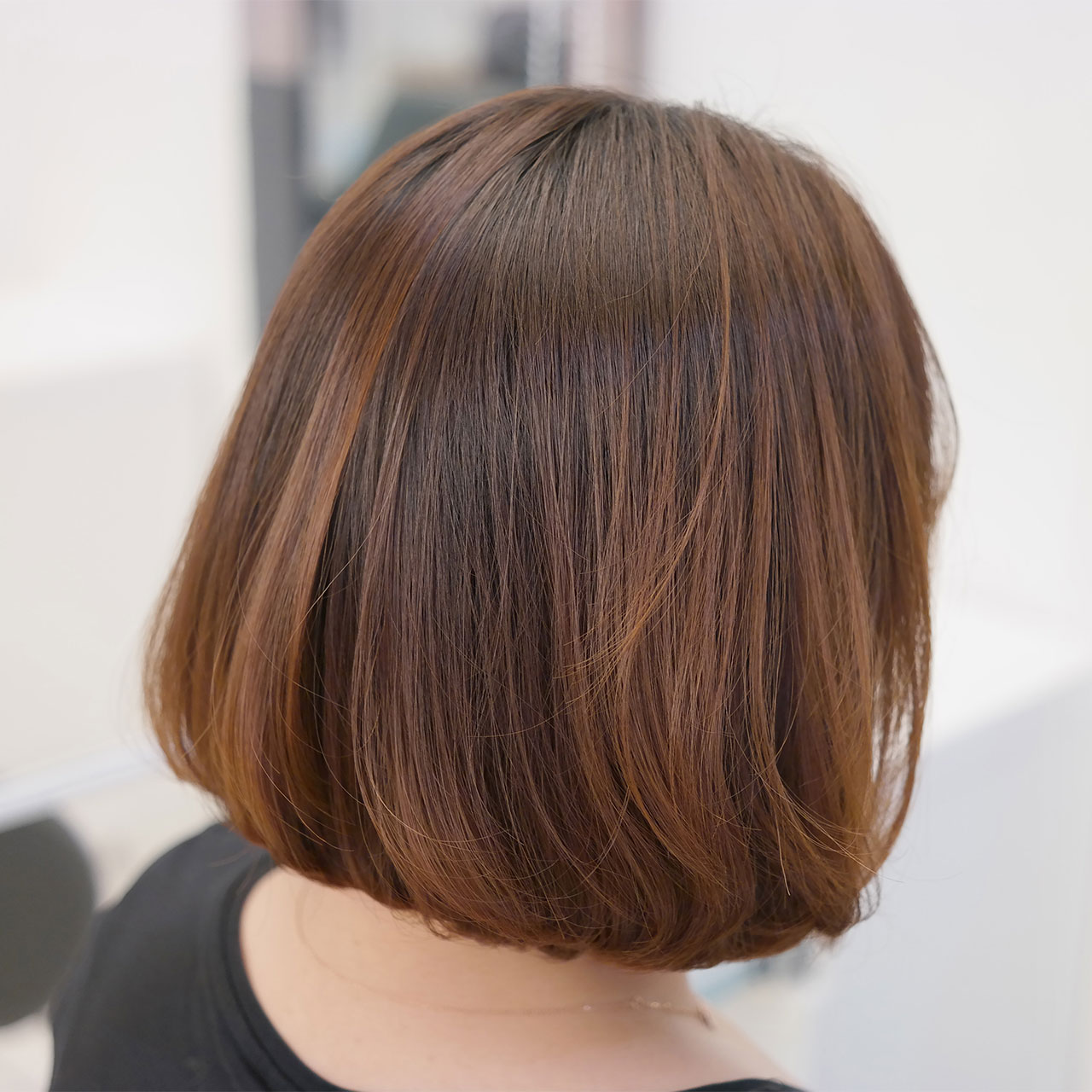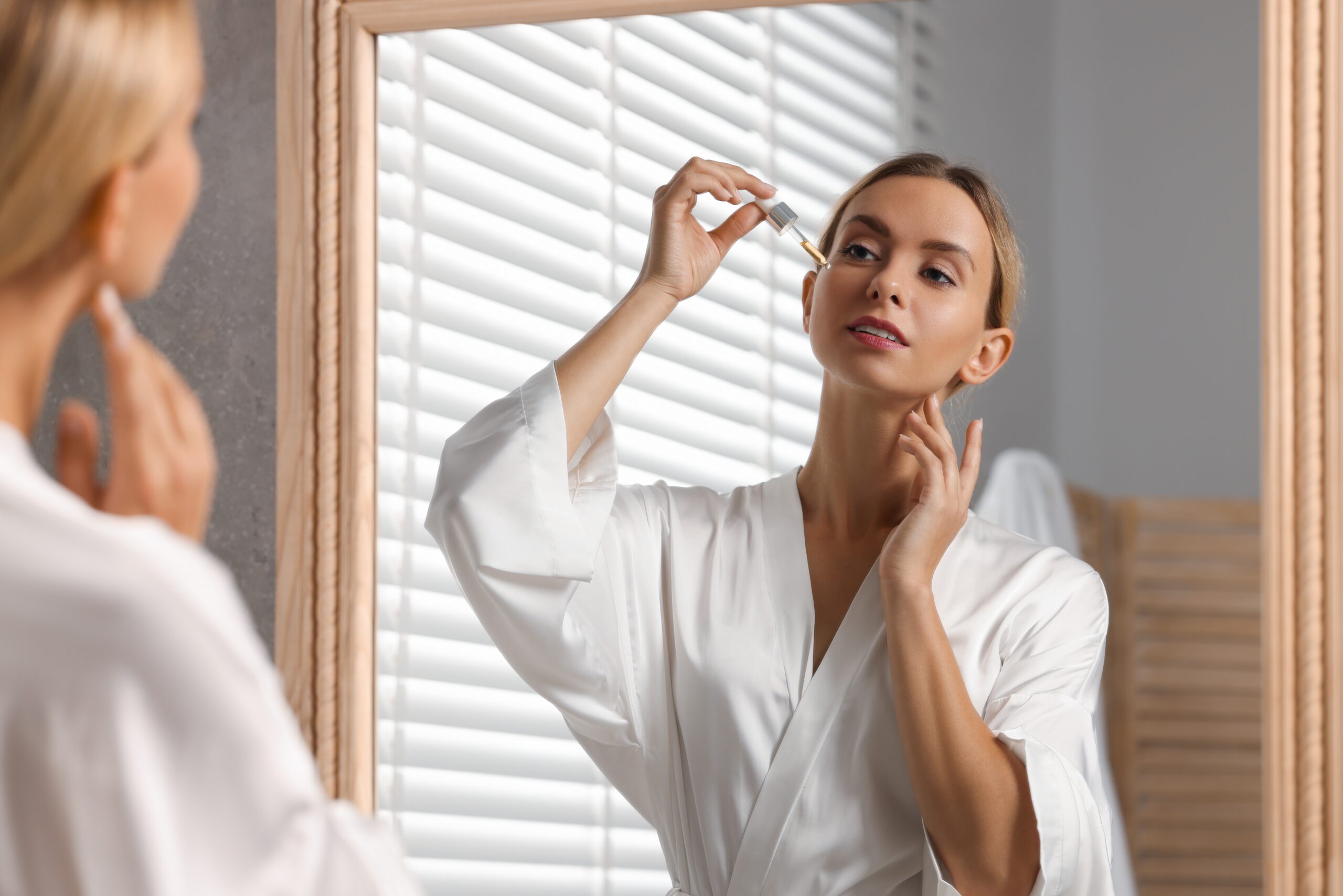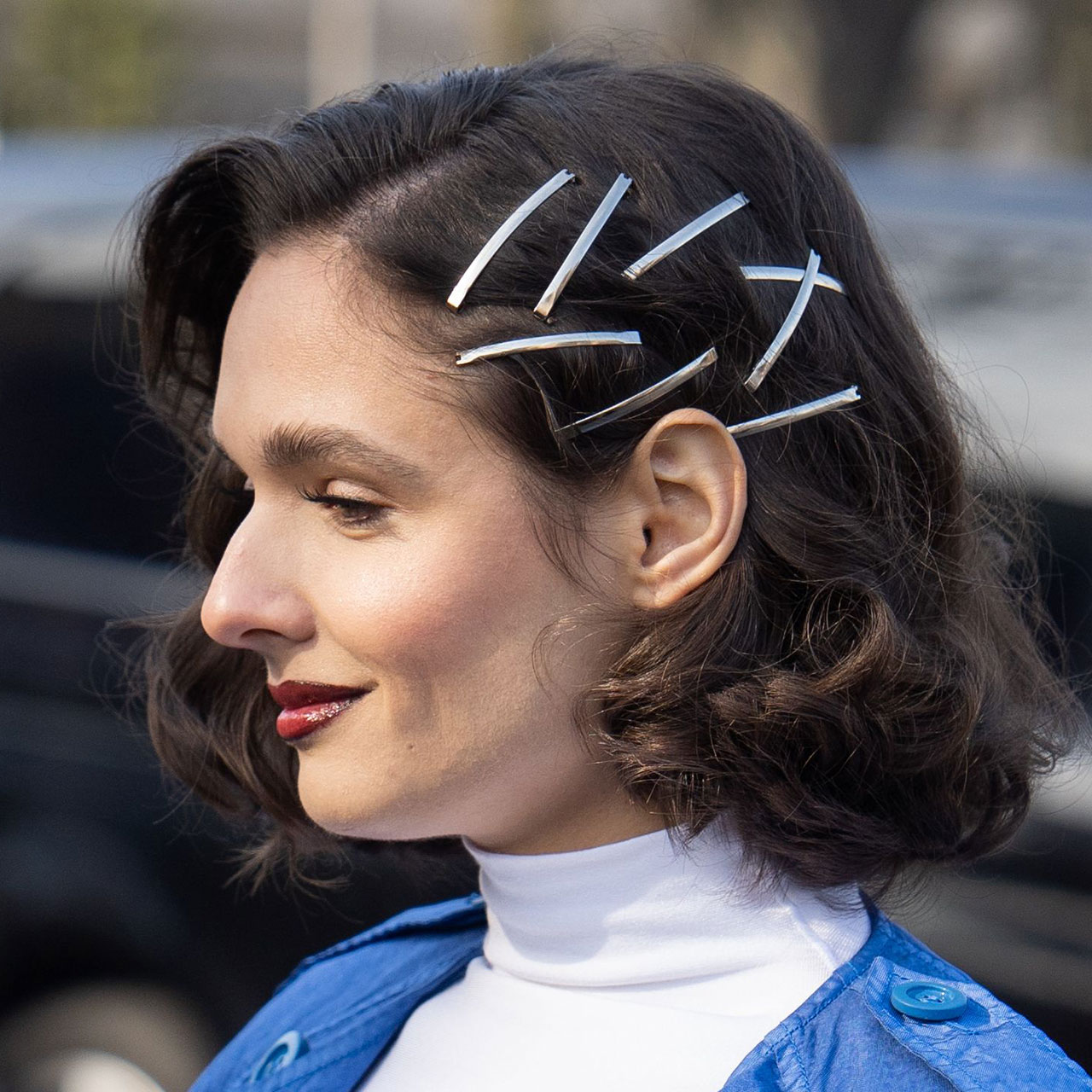Making any move at all when you have thinning hair — whether that means trying a new shampoo or conditioner or even brushing your hair too often during the day — can feel risky. Seeing evidence of more hair shedding on your brush or the bathroom floor is stressful and it’s understandable that you’d want to avoid anything, including products, that can make matters worse. The shampoo you are using can make a difference in helping to combat hair shedding, but the opposite is also true: you could be using a shampoo that contains ingredients that can be extremely drying and have negative consequences, especially on fragile thinning hair.
As always, knowledge is power in beauty. Experts say these four shampoo ingredients should be avoided, especially if you have thinning hair, because they make fallout so much worse. Here’s what to keep out of your shower and what to include instead.
4 Worst Shampoo Ingredients
Sulfates
Typically listed as Ammonium Lauryl Sulfate, Sodium Laureth Sulfate (SLES) or Sodium Laurel Sulfate (SLS) in your products ingredient list, sulfates are the single worst ingredient for hair, says Lisa Abbey, founder and CEO of Strength x Beauty Hair Care, especially if it’s fine or thinning, because sulfates dry out the hair and scalp and can increase hair loss and hair fall.
“What you should look for instead when buying shampoo: Glucosides, like coconut oils are the gentlest sulfate-free hair and skin cleansers,” Abbey said. “Fatty Acid Isethionates are another good substitute, made from the fatty acids in coconuts. Glutamates and Amino Acid Sulfosuccinates are also gentle, are typically used in products made for sensitive skin and can be found in many organic products.”
Sodium Chloride
“Sodium Chloride is basically salt and depletes the natural moisture in the hair, leaving it dry and brittle and more prone to breakage,” Abbey says. “Additionally it can irritate dry or sensitive scalp. Instead, we recommend products made with coconut-based Sodium Methyl Cocoyl Taurate or Sodium Cocoyl Isethionate, which are salt and sodium free, much gentler and more conditioning.”
PEGS
Polyethylene Glygols, or PEGS, are thickening agents that typically utilize by-products that are considered unhealthy for the human body and can affect hair thickness and growth, Abbey notes. She suggests looking for healthier substitutions like Hydroxyethylcellulose, gelatin and Xantham or Locust Bean Gum instead.
Parabens
Parabens are a preservative that keeps your shampoo stable, but are known to be harmful to the human body and have been linked to certain cancers, according to Abbey. Fortunately, many manufacturers are beginning to omit this ingredient from products, but it’s still a good idea to read labels and avoid shampoos that contains parabens.


What Can You Do To Help Thinning Hair?
While you’re avoiding the worst shampoo ingredients, Abbey says adding ingredients like Marine collagen, which she calls hydrating, smoothing and fairly weightless, is a great way to add nourishment to the hair. She also recommends Keravis PE, a plant based keratin protein compound and 'clean' hair thickening agent that is quickly becoming a very popular ingredient in hair care.
Rachel Sweeney, a registered nurse and certified aesthetician, says these four habits made a dramatic improvement in her hair thickness, shine, and strength:
Find a High-Quality Multivitamin
“I switched to Ritual and noticed an improvement in my hair, skin, nails, and sleep,” Sweeney said. “There are others but just make sure the ingredients are clean and supplied in an absorbable formula. It is mind-blowing how many vitamin formulations are ineffective just due to the ingredients. A little research goes a long way here.”

Use a Scalp Massager
“They are super affordable and those silicone tips feel amazing on your scalp,” Sweeney said. “Use it when you shampoo to help exfoliate and remove buildup on your scalp, first thing in the morning to improve circulation, or when styling your hair to add extra volume.”
One to try: HEETA Hair Shampoo Brush
Add Inversions To Your Workout Or Yoga Practice
“Lay on your back and scoot to the edge of your bed at the point where your head is just off it but your neck is supported. Hang out for a few minutes or while you do your meditation. The increase in blood flow is a supercharged vitamin for your scalp. Happy scalp, happy hair,” Sweeney says.
Use a DHT-Blocking Serum
“If you have postpartum or age related hair changes use a DHT blocking hair serum,” Sweeney suggests. “The Restorative hair serum by Oh Hey Mama has been literally life changing for me with my postpartum hair loss. There are chemical based DHT blockers, but I love that this one is natural and botanical based.”
It can take patience and sometimes the help of a professional (visit a board-certified dermatologist or hair expert) to get thinning hair under control. But avoiding certain ingredients and adding a few better ones and lifestyle tips into your daily regimen can help support healthier hair.


























